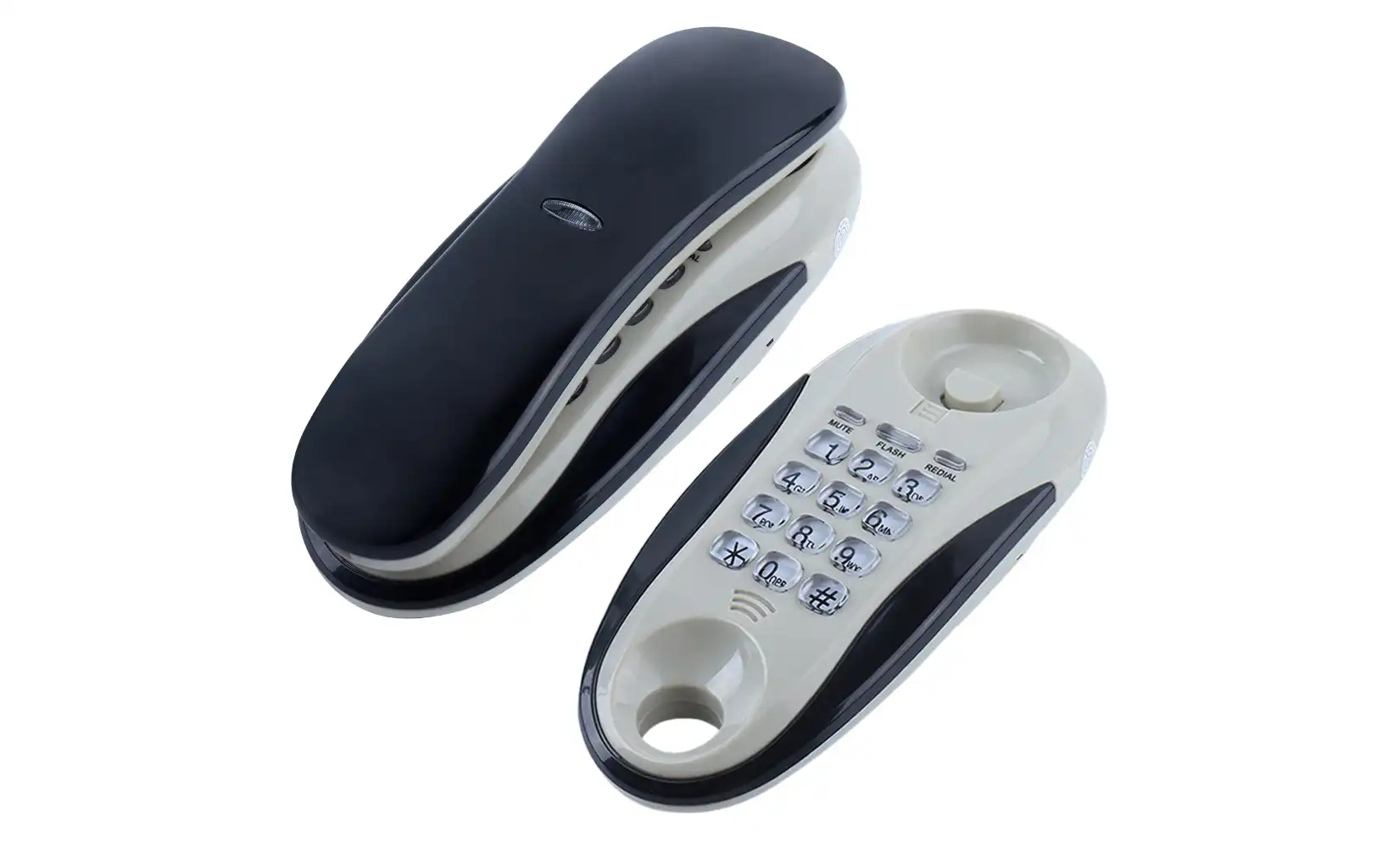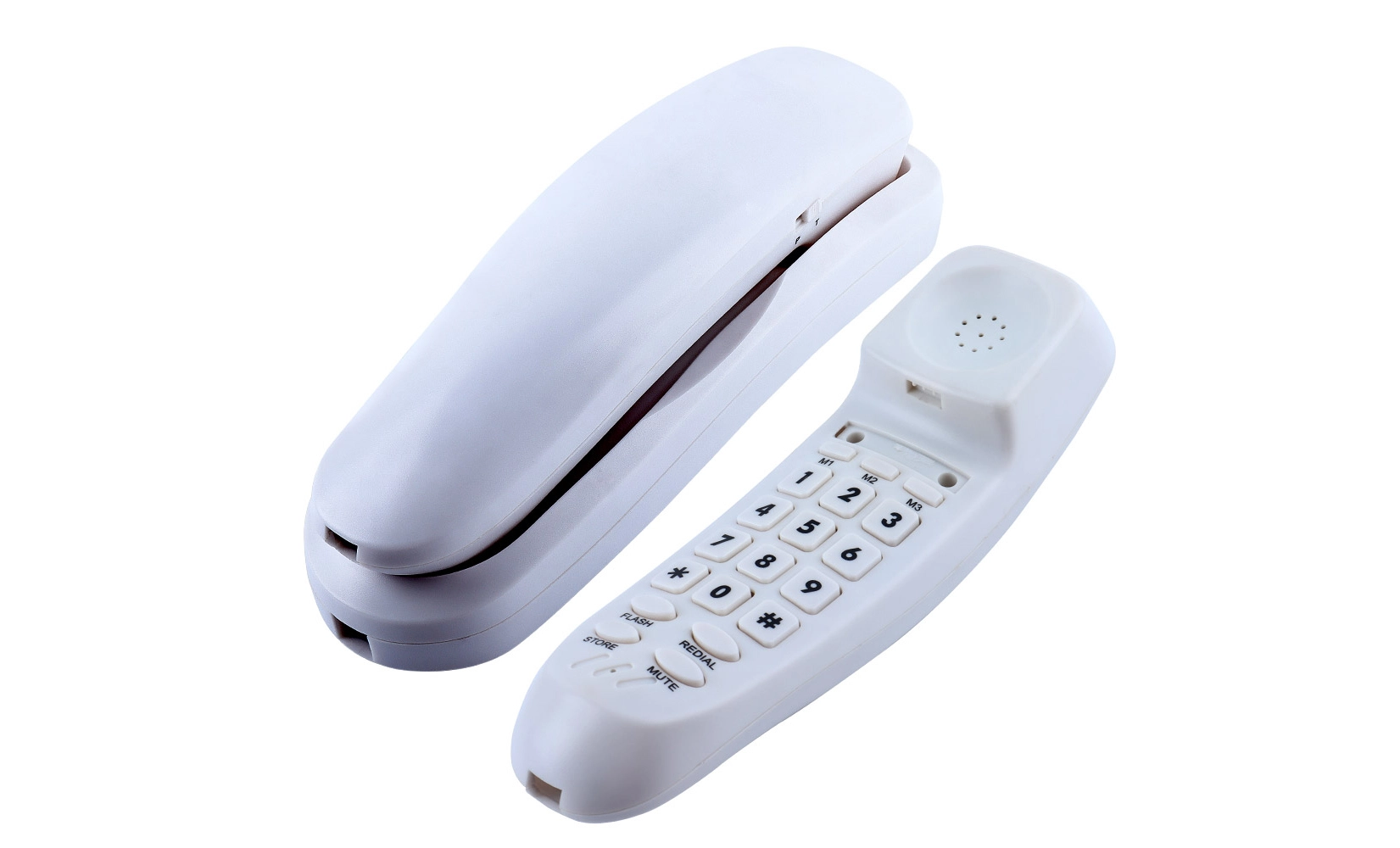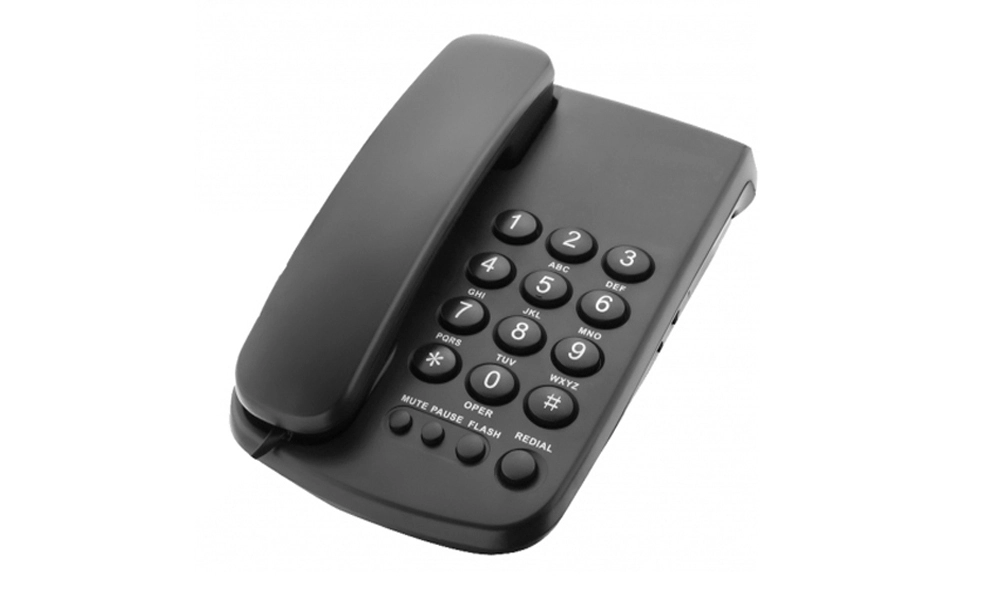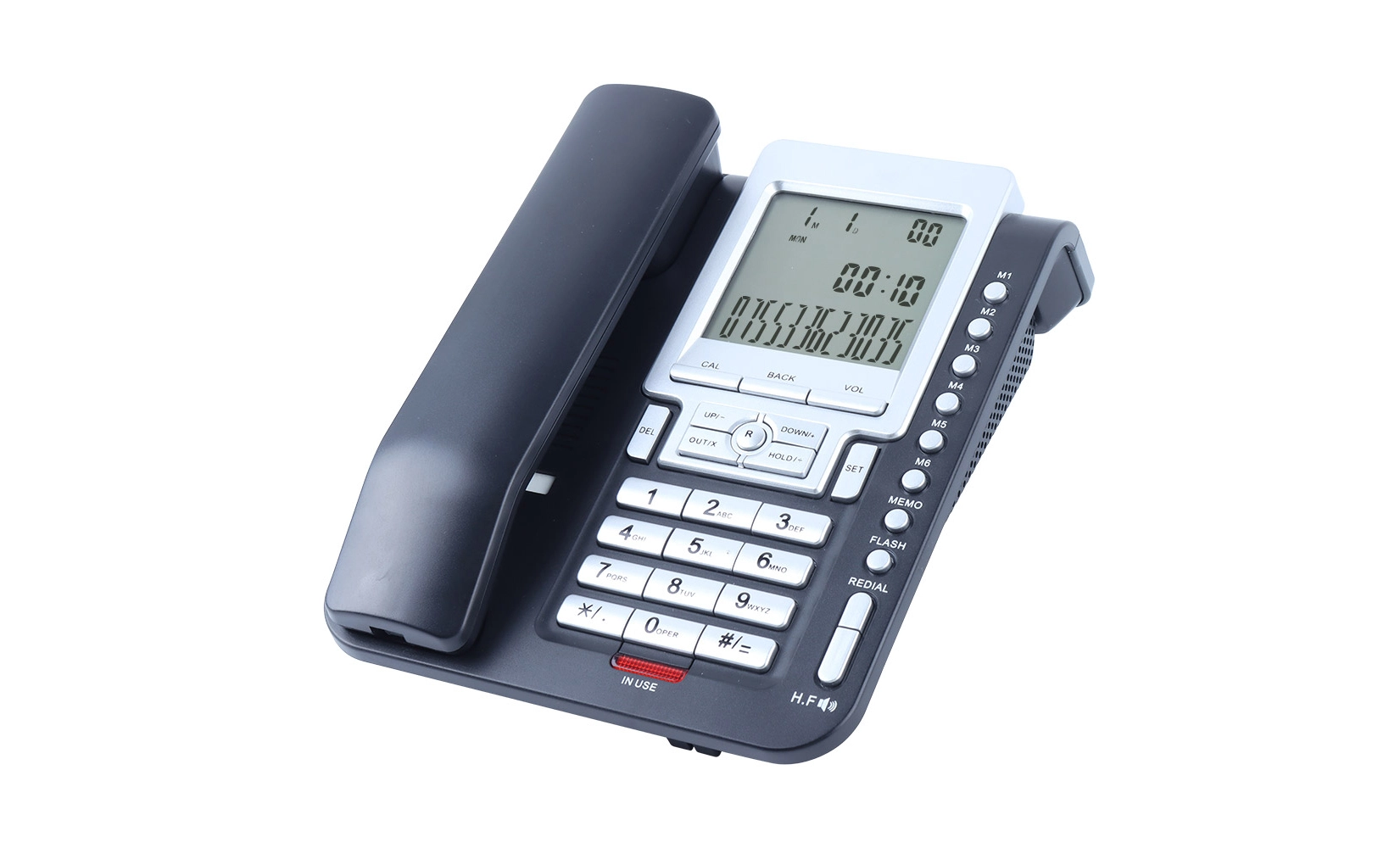The Evolution of Trimline Telephone: From Concept to Icon
Origins and Innovative Design
The Trimline telephone emerged from a desire to create a more compact and user-friendly communication device. Developed by Henry Dreyfuss Associates for Bell System in the early 1960s, this groundbreaking design addressed the limitations of bulky rotary phones. The key innovation lay in the integration of the dial (later, keypad) directly into the handset, eliminating the need for a separate base unit. This radical reimagining of telephone architecture not only saved precious desk space but also allowed for unprecedented mobility within the confines of the cord's reach.
Impact on Telecommunications Industry
The introduction of the Trimline telephone sent ripples through the telecommunications industry. Its success prompted competitors to develop their own slim-profile models, kickstarting a trend towards more compact and aesthetically pleasing phone designs. The Trimline's influence extended beyond residential use, finding favor in business environments where desk real estate was at a premium. Its sleek profile and modern appearance aligned perfectly with the emerging minimalist office design trends of the late 20th century.
Technological Advancements
As technology progressed, so did the Trimline telephone. The original rotary dial gave way to push-button keypads, improving dialing speed and accuracy. Later models incorporated features such as lighted dials for easy nighttime use, memory functions for frequently called numbers, and even early caller ID capabilities. Despite these advancements, the core design principle of combining handset and dialing mechanism remained intact, preserving the Trimline's iconic silhouette.
Ergonomics and User Experience: The Trimline Advantage
Comfort in Communication
The Trimline telephone's ergonomic design was a game-changer in terms of user comfort. By placing the dial or keypad on the handset, it allowed users to dial without having to constantly shift between holding the receiver and interacting with a base unit. This design reduced strain during long conversations and made one-handed operation more feasible. The contoured shape of the handset was carefully crafted to fit comfortably against the user's ear and mouth, enhancing audio quality and reducing fatigue during extended use.
Space-Saving Solutions
One of the most appreciated features of the Trimline telephone was its ability to maximize desk space. The absence of a bulky base unit meant that the phone could be placed in areas previously unsuitable for traditional models. This space-saving design was particularly valuable in small home offices, reception areas, and compact workstations. The Trimline's wall-mount capability further expanded its versatility, allowing for installation in kitchens, hallways, and other areas where floor or desk space was limited.
Aesthetic Flexibility
The clean lines and minimalist design of the Trimline telephone made it an exceptionally versatile piece from an aesthetic standpoint. Available in a variety of colors, it could easily complement diverse interior design schemes. Its unobtrusive presence on a desk or side table added a touch of modern sophistication without overwhelming the surrounding decor. This aesthetic flexibility ensured the Trimline's popularity across different environments, from corporate offices to stylish home interiors.
 Legacy and Modern Interpretations of the Trimline Concept
Legacy and Modern Interpretations of the Trimline Concept
Enduring Influence on Design
The design principles embodied by the Trimline telephone continue to influence modern communication devices. The emphasis on sleek profiles, integrated functionality, and user-centric design can be seen in contemporary smartphones and office phones alike. The Trimline's legacy is evident in the ongoing pursuit of devices that balance form and function, prioritizing both aesthetic appeal and practical usability.
Vintage Appeal and Collector's Market
As digital communication technologies have become ubiquitous, original Trimline telephones have found a new life in the collector's market. Vintage models, particularly those in unique colors or limited editions, are sought after by enthusiasts and interior designers alike. The Trimline's retro charm adds a nostalgic touch to modern interiors, serving as both a functional device and a conversation piece that bridges past and present communication eras.
Modern Reinterpretations
While the original Trimline design is no longer in mass production, its influence can be seen in contemporary landline phones that prioritize slim profiles and integrated designs. Some manufacturers have even released modern versions that pay homage to the Trimline's iconic shape while incorporating current technologies such as DECT cordless capabilities, enhanced audio features, and smart home integration. These reinterpretations demonstrate the enduring appeal of the Trimline's core design principles in today's tech-saturated world.
Conclusion
The Trimline telephone stands as a testament to the power of thoughtful design in shaping both form and function. Its innovative approach to combining aesthetics with practicality not only revolutionized desk spaces but also set new standards for ergonomic communication devices. As we continue to seek balance between technology and design in our modern workspaces, the principles embodied by the Trimline remain as relevant as ever. Whether as a cherished vintage piece or inspiration for contemporary devices, the Trimline telephone's legacy continues to influence how we think about the intersection of communication technology and interior design.
Sleek desk phones with smart design and function | CHEETA
CHEETA, a professional analog telephone manufacturer based in Shenzhen, brings 18+ years of expertise in OEM/ODM services to the telecommunications industry. Specializing in communication telephones, earphones, and electronic devices, our 1,200㎡ facility houses 100+ skilled workers and 10 senior engineers. We produce 1,000 analog units daily, ensuring rapid delivery without compromising on quality. Our products adhere to CE, RoHS, FCC, and UN38.3 standards, undergoing rigorous 11-step inspections to maintain a failure rate below 1%.
CHEETA's commitment to innovation is evident in our weekly design sessions and global case studies, allowing us to swiftly adapt to customer needs. Our range includes space-saving, wall-mountable options and slim corded phones ideal for various environments. For cutting-edge telephone solutions tailored to your needs, contact us at allen@cheeta.com.cn.

 The
The 




